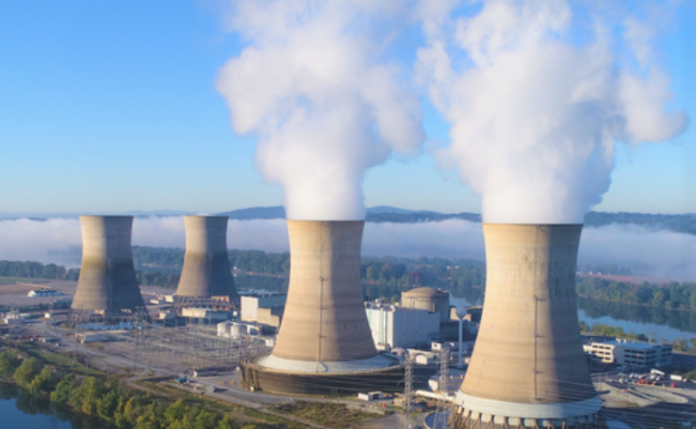In 2011, the Fukushima Daiichi Nuclear Power Plant experienced a meltdown following a powerful 9.1 magnitude undersea earthquake, which triggered a massive tsunami. This devastating event resulted in the loss of over 19,000 lives. Over ten years later, Japan is still grappling with the aftermath of the nuclear plant disaster and has recently received approval to dispose of nuclear waste.
On Tuesday, July 4, the International Atomic Energy Agency (IAEA), a nuclear watchdog organization, published a comprehensive safety assessment of the Fukushima Daiichi facility that spanned two years. The agency concluded that the plant’s proposal to release more than one million tons of treated nuclear wastewater into the Pacific Ocean is deemed safe. The report affirms that the planned release adheres to relevant international safety standards and would have an insignificant radiological impact on both the environment and human beings.
From a boat off #Fukushima Daiichi, I'm overlooking the treated water discharge site. After a 2-year review, @IAEAorg finds Japan's plan aligns with safety standards.
— Rafael MarianoGrossi (@rafaelmgrossi) July 5, 2023
But our work isn't over. We've been here, we're here, and we'll be here until the last drop is safely discharged. pic.twitter.com/6W7a1n8ssm
Rafael Mariano Grossi, the Director General of the International Atomic Energy Agency (IAEA), visited Tokyo to personally deliver the findings of the report to Japanese Prime Minister Fumio Kishida. During a press conference held by the two officials, Grossi emphasized that the IAEA would closely monitor the release of the nuclear waste. He assured that the organization would ensure the ongoing application of the necessary international safety standards throughout the lengthy process, which is anticipated to span several decades.
Despite the reassurances provided by the IAEA, there are individuals and officials who remain skeptical about the decision. Hong Kong and Chinese authorities have expressed their reservations regarding the process. Hong Kong, in particular, issued a statement on Tuesday expressing its belief that the plan carries a potential risk to food safety. As a precautionary measure, they intend to impose restrictions on seafood originating from areas deemed high-risk.
South Korea is also apprehensive about the release of water contaminated by nuclear elements. These concerns have caused a surge in the price of sea salt. In response, the country has made arrangements to release over 120,000 tons of salt from its reserves in an effort to augment the supply in the market and mitigate price increases.








